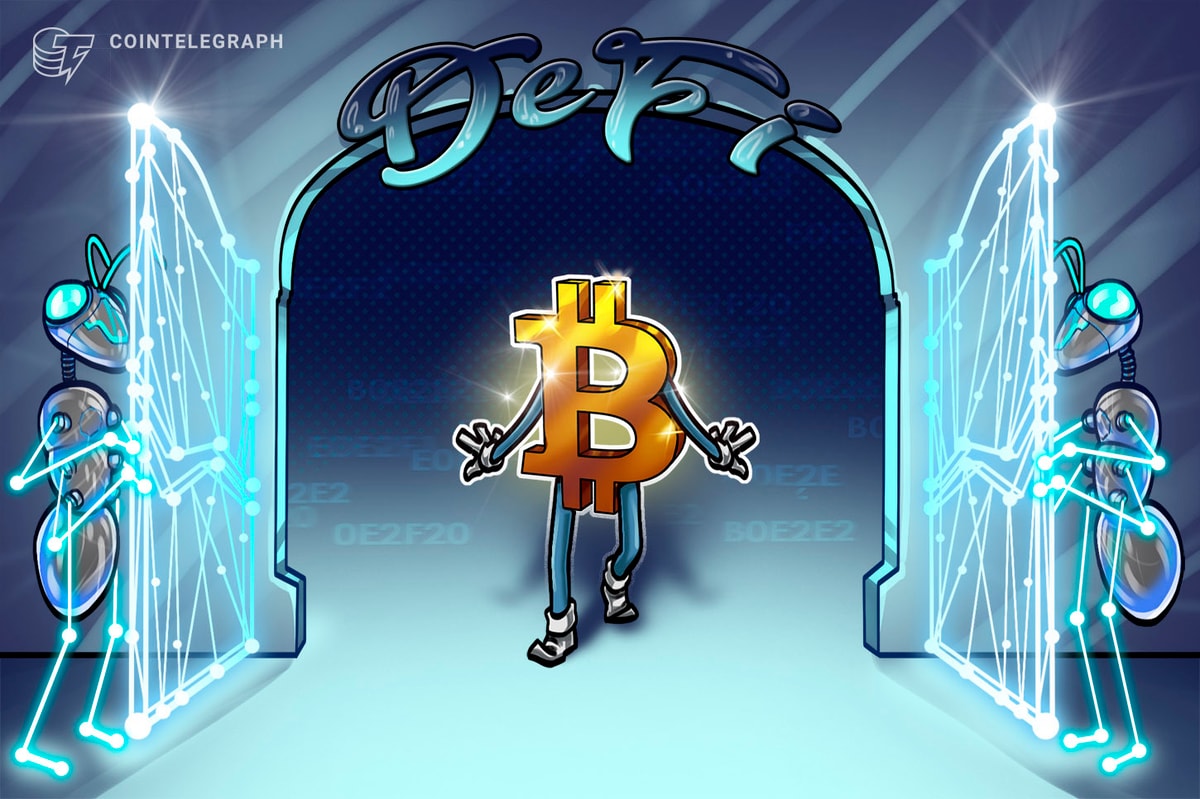Those of you familiar with the wider cryptocurrency market are aware of centrally managed stablecoins — cryptocurrencies that are pegged to a reference asset such as the U.S. dollar. Examples of these are Tether (USDT) and USD coin (USDC) and there are others like Paxos and DAI but the two former appear to be the most widely used. Speculators often use them for trading bitcoin, but there are other applications for stablecoins that may be unknown to most.
Use cases of stablecoins include lower-cost, low-volatility, real-time payments that are competitive compared to what consumers and businesses experience today with fiat currency. They could also make it cheaper for businesses to accept payments and easier for governments to run conditional cash transfer programs (including sending a universal basic income).
A geopolitical event that occured in early 2021 highlighted the potential utility of stablecoins in Myanmar. The opposition government that was deposed in a military coup adopted Tether — a U.S. dollar-backed stablecoin — as its official currency. The deposed government wanted to raise funds from the Burmese diaspora while at the same time curtailing banking institutions. Notice too, the stance that was taken by adopting a U.S. dollar-backed stablecoin, while the ruling military government was using the Chinese renminbi.
It is near impossible to defend a system where 15% of U.S. adults in the bottom 40% of the income distribution are unbanked and where low-income bank account holders — particularly Black and Hispanic customers — pay $12 a month or more for basic access to the financial system. That being said, the use of stablecoins could connect the estimated 1.6 billion people around the world who are unbanked or underbanked segments of the population to the financial system. However there is one key flaw …
Whenever another currency, whether it be a stablecoin or traditional government-issued money, such as the Hong Kong dollar, pegs to either the U.S. dollar, the uro, the yen, etc, it is actually pegging itself to a melting ice cube in the long run. Monetary pegs are inherently unstable. As soon as you intervene to "stabilize" your currency, your currency is no longer a form of neutral money as we see today with government-backed monies. It loses its key principles and purpose as a basic unit of account, unit of exchange plus store of value, and instead it becomes a politicized weapon that is used to punish savers through the suppression and manipulation of interest rates. When nation-states increase their money supply on a whim (without your consultation of course) they abuse their monetary policy privilege by absorbing production without providing value back.
The U.S. dollar’s over-reliance on economic sanctions as one of its primary instruments for projecting power over other nations for the last 70+ years exemplifies how the United States not only uses the dollar as an economic weapon, but has abused its privilege as the global financial system’s underwriter.
Only Bitcoin possesses a truly stable monetary policy and issuance/inflation rate. It is a neutral, apolitical and decentralized form of money that is beyond the reach of politics and central bankers. It cannot be weaponized to harm other nations and its citizens. This stability is made possible by the enforcement of its fixed maximum supply (21 million), by its miners, as well as by the difficulty adjustment, which ensures that new coins are issued roughly every 10 minutes. With the ever-heating geopolitical landscape we currently find ourselves in, we are beginning to see that states like Arizona and Wyoming, as well as countries (particularly in the developing world like El Salvador, India, Russia, Ukraine and others) are creating legal frameworks in their respective countries to recognize the legitimacy of bitcoin as a monetary good.
Indeed, bitcoin is the only stablecoin there is.
This is a guest post by Paul Opoku. Opinions expressed are entirely their own and do not necessarily reflect those of BTC, Inc. or Bitcoin Magazine.











